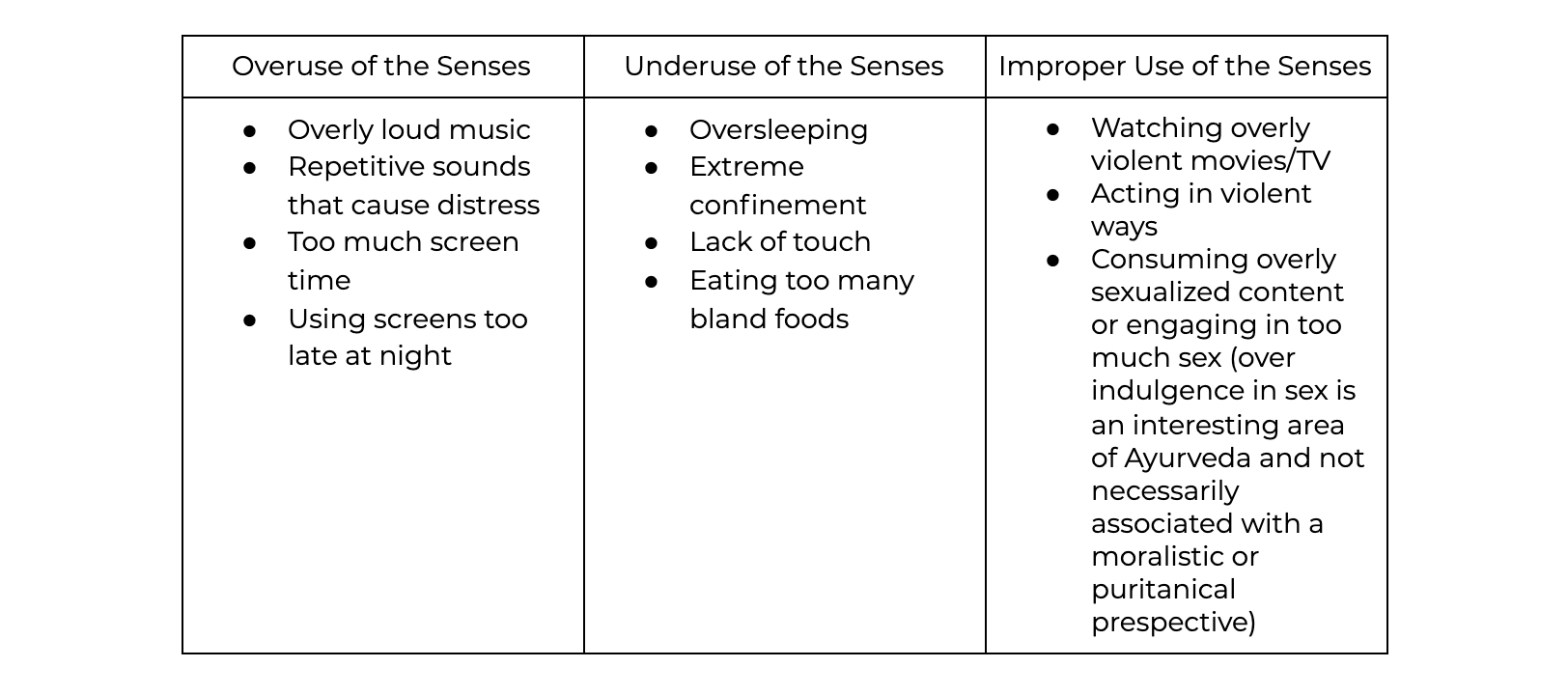Because the goal of Ayurveda is to bring the body/mind/spirit back into balance and maintain that balance, nowhere does this philosophy carry more importance than in the postpartum time.
Childbirth and postpartum are some of the most dynamic times of a person’s life. It can be a profoundly physically, mentally, and spiritually challenging experience to navigate. Common issues faced during this time can seem mystifying to new parents and because we pathologize so many aspects of the process, it can be difficult to gain context for the myriad new experiences postpartum.
Ayurveda can be a powerful lens through which to view the postpartum experience.
In many cultures, it is recognized that the 40-day period after the birth of a child is a sacred window. Meaning that the nourishment and support of the mother and baby during this time is vital for the long-term health of the duo.
Sadly, in our culture new parents are often left with little support at a time that was historically centered around community involvement. All mothers need support during the postpartum time. Whether there are specific health concerns arising during the prenatal time or childbirth, or whether the process is relatively easy, Ayurveda is particularly well-suited in supporting the restoration of the mind, physical body, and spirit.
It’s best to plan for your postpartum before you give birth so you can feel confident that the necessary support, foods, herbs, and supplies are on-hand to maximize calm and rest. Rest is paramount during the postpartum time and with the addition of an Ayurvedic postpartum plan and doula new parents will find they are able to regain strength and stability during this hugely transitional time.
GroundWork provides education around food, herbs, simple breathing exercises, and pelvic steaming practices after childbirth. Postpartum steaming has been practiced around the world for thousands of years because it supports the functions of clearing material in the uterus, reducing the likelihood of infection, restoring normal blood pressure, and promoting vaginal tone and tissue repair.
Doula services and Ayurvedic Postpartum services are offered together of separately.









